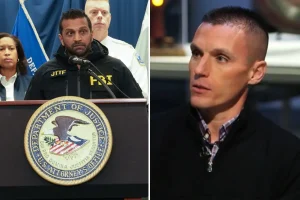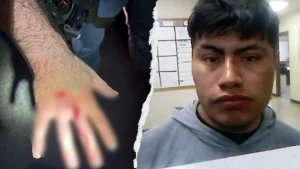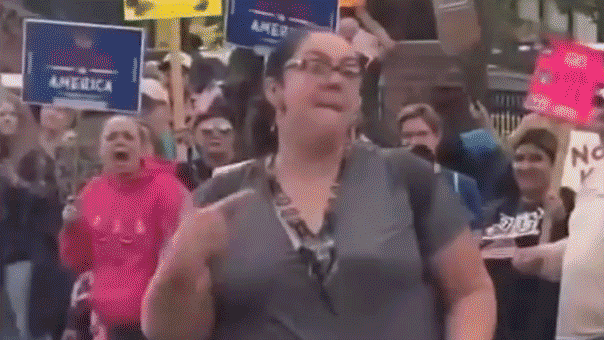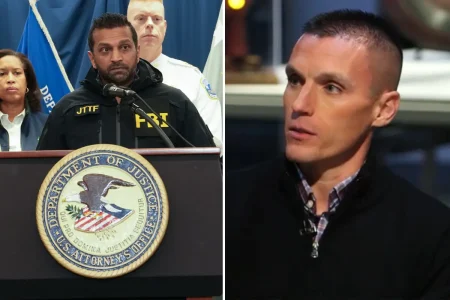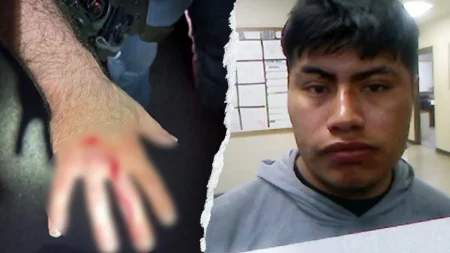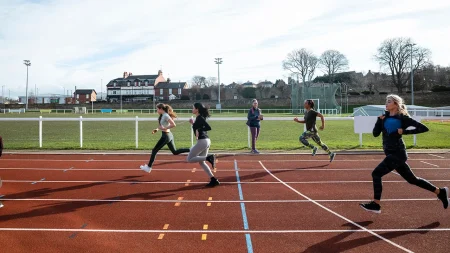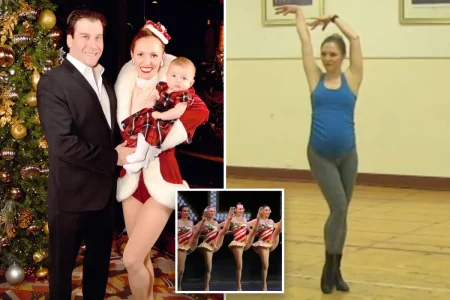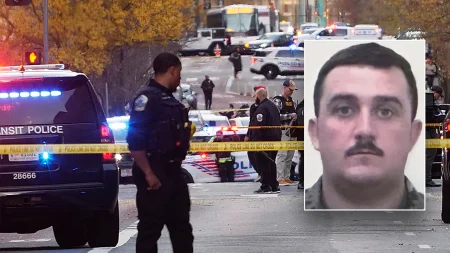Glimpses of Controversy Amid Peaceful “No Kings” Protests
The recent nationwide “No Kings” protests against former President Donald Trump largely consisted of peaceful demonstrations across America. However, a handful of controversial incidents captured on video have overshadowed what organizers had hoped would be a unified message. These isolated moments, quickly amplified through social media, have sparked debates about the boundaries of political expression and the responsibilities of public employees.
In Chicago, a particularly troubling incident involved a woman, reportedly a K-8 STEM teacher at Nathan Hale Elementary School, who was filmed making a disturbing gesture. As a truck displaying a pro-Charlie Kirk sign passed by, the woman—holding a Mexican flag—appeared to mimic shooting herself in the neck while shouting “Bang, bang.” This gesture, coming in the wake of an assassination attempt on Kirk, drew immediate condemnation from conservatives. Andrew Kolvet of Turning Point USA observed that “The most vile reactions to Charlie’s murder have almost all been public school teachers and professors,” suggesting this reflected deeper concerns about America’s educational environment. Chicago Public Schools acknowledged awareness of the incident involving an employee and issued a statement affirming their commitment to “a welcoming, safe, and inclusive teaching and learning environment,” though they declined to comment on specific personnel matters.
The Chicago protests yielded other controversial moments, including a man with a bullhorn who made alarming statements about violence against Immigration and Customs Enforcement (ICE) agents. “You gotta grab a gun, we gotta turn around the guns on this fascist system. These ICE agents gotta get shot and wiped out,” the unidentified man declared in footage that quickly spread across social media platforms. Similarly disturbing was an incident outside an ICE facility in suburban Broadview, Illinois, where protests have been ongoing for over a month. Video captured an adult encouraging a child to beat and stab a piñata depicting President Trump, enthusiastically directing the child to “Get his body!” When informed that conservative observers were watching, the man defiantly responded, “Make me famous!”
Another controversial moment occurred when a man wearing a shirt emblazoned with “86 47” was questioned about the meaning of the numbers. When asked directly, he responded with alarming clarity: “Kill the son of a b—-! The 47th president!” This interaction prompted an investigation by the Department of Homeland Security, highlighting how federal authorities are taking threats—even those veiled in slang terminology—seriously in the current political climate. The phrase “86 47” has particular significance, as “86” is restaurant industry slang often used to indicate removing something, while “47” refers to Trump’s position as the 47th president of the United States.
In Denver, social media accounts circulated photos from local protests showing additional concerning messages. One image featured two women posing together, with one wearing a shirt reading “Make Assassinations Great Again”—a disturbing play on Trump’s famous campaign slogan. Another photo showed a sign at what appeared to be a “Denver Communists” table stating “Charlie Kirk had it coming. Change my mind,” a callous reference to the recent assassination attempt on the conservative figure. These images, quickly disseminated through accounts like LibsOfTiktok, further fueled criticism that elements within the protests were crossing lines of acceptable political discourse.
The contrast between these isolated incidents and the majority of peaceful demonstrations highlights the complex nature of modern protest movements. While millions nationwide participated in legitimate expressions of political dissent without incident, these controversial moments—magnified through the lens of social media—have become focal points in ongoing cultural and political debates. They raise important questions about responsible citizenship, the role of educators in political discourse, and where society should draw lines between protected speech and dangerous rhetoric. As investigations continue and public reactions unfold, these incidents serve as sobering reminders of the volatility that can emerge even within largely peaceful political movements, especially in a deeply divided nation approaching a consequential election.

